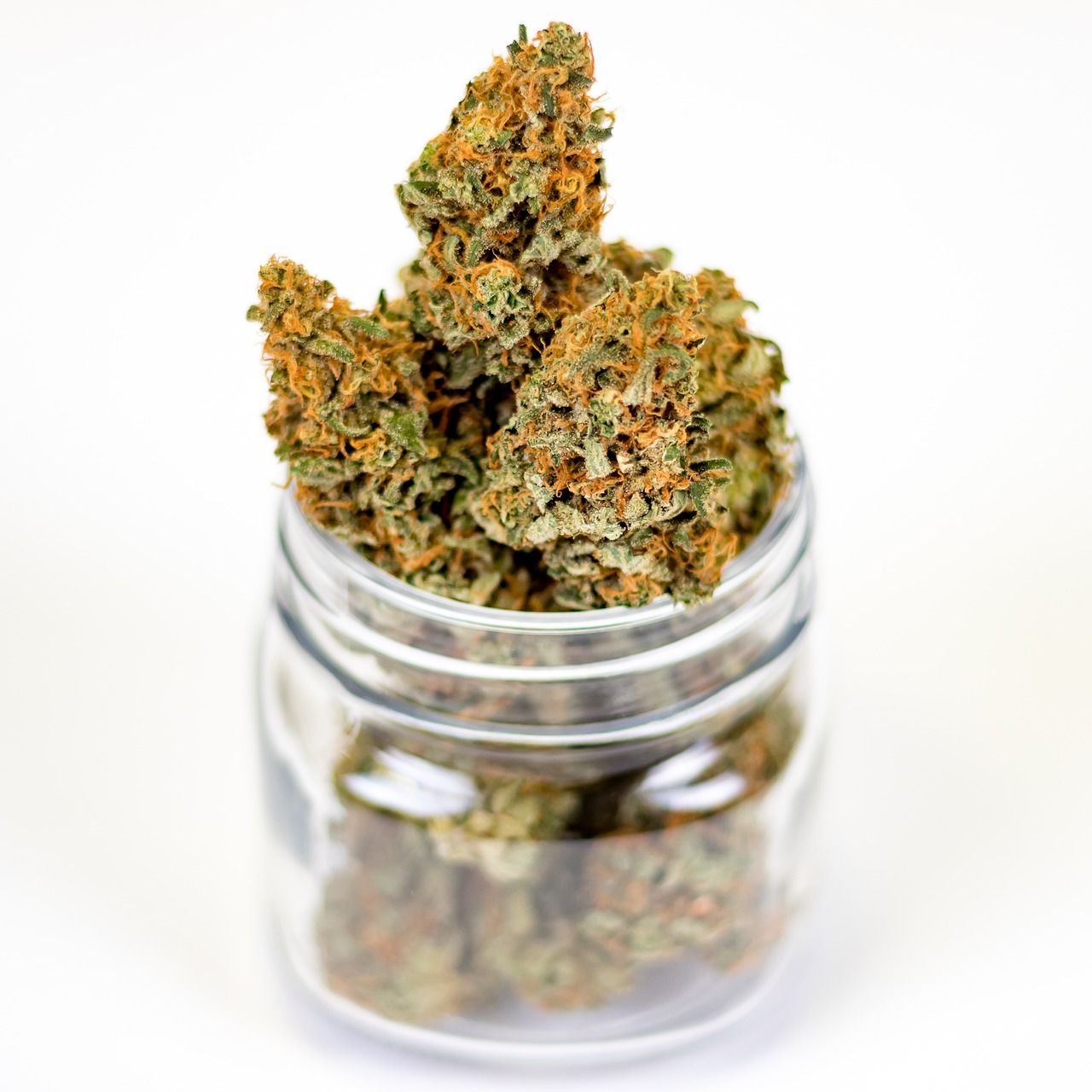When someone steps into the world of cannabis, the language can feel like its own culture. From scientific terms to slang that’s evolved over decades, knowing the vocabulary can help consumers make informed decisions, connect with dispensary staff, and feel more confident exploring products.
This article highlights the most common and important marijuana terms every consumer should know, blending science with everyday conversation.
Cannabis vs. Marijuana
“Cannabis” is the scientific term for the plant family, while “marijuana” historically refers to varieties high in THC (tetrahydrocannabinol), the compound responsible for intoxication. In modern culture and legislation, “cannabis” is the preferred, neutral term, while “marijuana” carries political and cultural baggage from prohibition days.
THC and CBD
Two of the most discussed cannabinoids:
- THC (tetrahydrocannabinol): The primary psychoactive compound, creating the “high.” Beyond euphoria, THC is associated with pain relief, appetite stimulation, and relaxation.
- CBD (cannabidiol): Non-intoxicating, CBD is popular for wellness uses including stress relief, sleep support, and inflammation management.
Together, these cannabinoids (and dozens of others) work with terpenes in what scientists call the “entourage effect.”
The Endocannabinoid System (ECS)
Often overlooked in casual conversations, the ECS is a network of receptors in the body (CB1 and CB2) that help regulate mood, sleep, appetite, and pain response. Cannabinoids from cannabis interact with this system, explaining why the plant affects people in so many ways.
Strains, Cultivars, and Chemovars
Traditionally, consumers talk about “strains.” However, professionals increasingly use “cultivar” (short for cultivated variety) or “chemovar” (chemical variety). Labels like sativa, indica, and hybrid are still common but oversimplify effects. Modern science emphasizes cannabinoid and terpene profiles over strain names.
Terpenes
Terpenes are aromatic compounds found in cannabis and other plants. They don’t just dictate smell and taste; they may influence effects:
- Myrcene: Earthy, calming, common in mangoes.
- Limonene: Citrus-like, uplifting.
- Pinene: Piney aroma, may aid focus.
Understanding terpenes helps consumers choose products aligned with their desired experience.
Consumption Methods
- Flower/Bud: The dried plant material, usually smoked.
- Vape: Vaporized oil or flower, offering discretion and less odor.
- Edibles: Infused foods or drinks; slower onset but longer-lasting.
- Tinctures: Alcohol- or oil-based cannabis extracts taken sublingually.
- Topicals: Creams, balms, or patches applied to the skin for localized relief.
Each method carries different onset times and durations.
Dosing Terminology
- Microdosing: Taking very small amounts of THC (1–2 mg) to feel subtle benefits without intoxication.
- Standard Dose: For edibles, many states define a standard serving as 10 mg THC, though beginners are advised to “start low, go slow.”
- Milligrams (mg): The standard measurement for edibles and tinctures.
Dispensary Lingo
Walking into a dispensary introduces more vocabulary:
- Budtender: The cannabis consultant who helps consumers navigate menus.
- Eighth: Refers to an eighth of an ounce of flower (3.5 grams).
- Pre-roll: A ready-to-smoke joint.
- Concentrates: Highly potent extracts like wax, shatter, or rosin.
Legal & Safety Terms
- Medical Cannabis: Cannabis recommended by a physician for registered patients.
- Recreational Cannabis: Adult-use cannabis legal in certain states.
- COA (Certificate of Analysis): A lab report verifying potency and safety, critical for transparency.
- METRC/BioTrack: State-mandated track-and-trace systems ensuring product safety and compliance.
Why Terminology Matters
Knowing the language helps consumers:
- Communicate clearly with budtenders and friends.
- Understand product labels and make safer choices.
- Engage confidently in conversations about cannabis culture and policy.
Cannabis is more than just a plant—it’s a global industry, a wellness tool, and a cultural movement. And like any evolving movement, it comes with its own dictionary.

